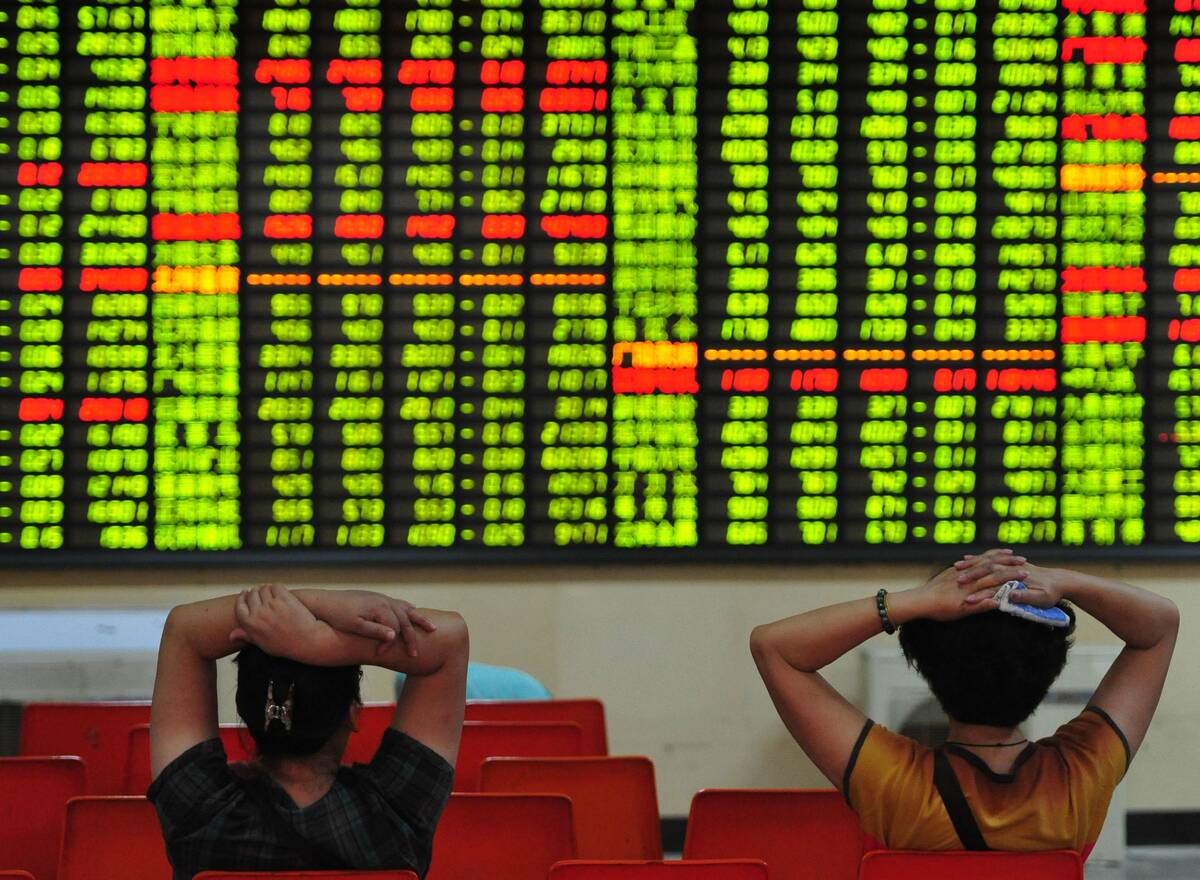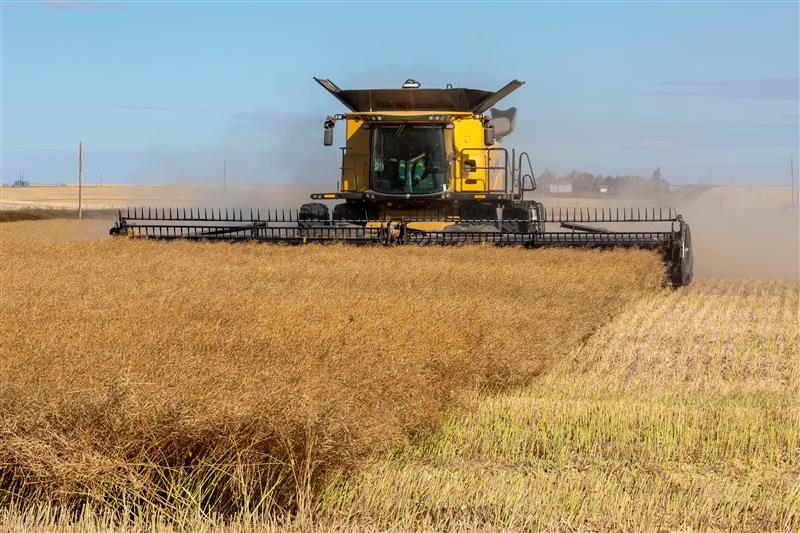Terry James is stuck with a load of flax in a European port that tested positive for Triffid.
The Richardson International executive couldn’t move it into the European market, so he tried selling it to a secondary market such as Egypt or Turkey.
However, European regulations require buyers of products that are rejected by the European Union to sign a declaration that they are knowingly buying rejected goods.
“No government official would risk his job by signing such a document,” James told the Canada Grains Council annual meeting in Winnipeg April 19.
Read Also

Bond market seen as crop price threat
A grain market analyst believes the bond market is about to collapse and that could drive down commodity values.
So, with the European market closed and the secondary markets leery of rejected flax, James decided to bring the flax home to Canada. That didn’t work out either.
“I had to have a boat sit outside the harbour in Ghent for a few days until I finally gave up and cancelled it and the cargo still sits there,” James said.
The problem this time was that even though the Canadian Grain Commission was willing to sign the EU declaration, there wasn’t a market to bring it back to because of Canadian import regulations.
“It comes back to Canada as ‘foreign grain,’ ” James said, which means a Canadian buyer cannot obtain a certificate of origin for export, a phytosanitary certificate or a Canadian grade.
“This is a real market access issue,” James said.
His stranded shipment of 7,000 tonnes of flax is among the 16,000 tonnes stuck in silos in Europe, unable to get into the market.
He said the European regulations seem ludicrous, citing as an example the banned flax fibre from shipments with trace amounts of Triffid, even though the fibre would be used to make cigarette paper.
No flax shipments to Europe are safe because of tolerance levels that cannot be met.
“It’s a big gamble when you’re loading a vessel,” James said.
His company is worried about reports that the University of Alberta has developed a GM flax line and may try to put it into field tests next year.
“Guess what, we’re doing it again,” he said.
The problems in Europe suggest to him that allowing more GM flax is risky until it is accepted in Europe.
The problem is crippling.
“There are claims. There are lawsuits. There are going to be bankruptcies. It’s a total debacle,” James said.
“I have to wonder: is this (new GM flax variety) going to add value?”

















